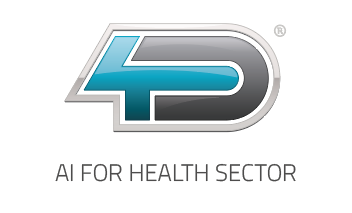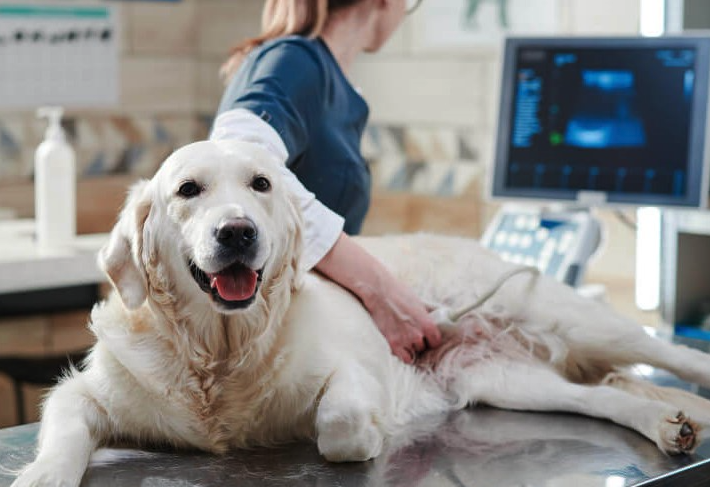The veterinary radiology has undergone significant progress in the last decade, radically transforming the way animal diseases are diagnosed and treated. With the introduction of advanced technologies and high-definition equipment, veterinarians are now able to obtain clear and detailed images that are crucial for a accurate diagnosis. This not only improves the quality of treatment, but also minimizes stress and discomfort for the animals during diagnostic procedures.
One of the most noteworthy innovations is the digitization of X-ray equipmentwhich allows instant viewing of images and facilitates faster and more accurate analysis. This technology not only speeds up the diagnostic process, but also reduces radiation exposure for both animals and operators, ensuring a safer and more efficient environment in veterinary clinics.
Main advances in veterinary diagnostic imaging
What advances have arisen in diagnostic imaging in the veterinary sector? We can highlight the following:
Use of CT and MRI in small animals
The use of CT in small animals has become an invaluable tool in veterinary radiology. This technique provides three-dimensional images of the inside of the animal's bodywhich is essential for accurate diagnosis of complex conditions. CT in small animals is especially useful for examining fine details of bones, internal organs and other structures that are difficult to visualize by conventional X-rays.
On the other hand, the veterinary magnetic resonance imaging offers significant advantages over other forms of diagnostic imagingespecially with regard to the soft tissue visualization. This method is extremely sensitive for detecting diseases of the brain, spinal cord and other internal organs in small animals. MRI does not use ionizing radiation, which makes it safe for repeated use for detailed follow-up and longitudinal diagnostics.
Advances in veterinary ultrasonography
Ultrasonography has revolutionized veterinary radiology applications, offering a new way of non-invasive diagnostic tool that is capable of to produce real-time images of internal organs. This technology is particularly useful for examining the abdomen and heart, as well as for reproductive management in a wide variety of animal species. With advances in transducers and improvements in image quality, ultrasonography allows veterinarians to perform precise diagnoses and procedures such as guided biopsies with high accuracy.
Innovations in veterinary cardiac ultrasound
Cardiac ultrasound has become an indispensable tool in veterinary medicine for the diagnosis and treatment of evaluation of the heart of the animals. This advanced technique enables veterinarians to observe the heart function in real time, offering a crucial window into the early detection of heart disease. Improvements in ultrasound machines and the development of more sensitive probes have significantly increased the accuracy of diagnoses, allowing earlier interventions and increasing the success rates of treating cardiac conditions in animals.
All these innovations, new trends and applications allow further progress in the veterinary sector to improve the diagnostics and treatments needed for all types of animals.


